
The Alaskan Malamute is a descendant of the Arctic wolf. It has figured in the short stories of Jack London and Rudyard Kipling, which showcased the breed’s admirable strength and noble stance. It has a very solid and sturdy build, with a wide head and erect ears, and almond-shaped eyes that are obliquely spaced. The Alaskan Malamute have a thick plumed tail, and a double coat that gives ample protection from the elements.
Life Expectancy:
9-11 years
Energy Level:
Moderately High
Living Conditions:
Indoor/Outdoor with yard for play
Barking:
Mild
Exercise Needs:
Very High! At least 1 hour of high-energy activity per day.
Breed Group:
Working
Size:
Large
Height:
24 to 26 inches
Weight:
80 to 95 pounds
Standard Hair Colors:
Wolf gray, black, sable and red. White markings on the top of its head, or covering
its face like a mask, as well as on its legs, feet and belly.
National breed club:
The Alaskan Malamute Club of America
The first owners of this proud breed were the Mahlemuts, an Alaskan tribe from whom the dog got its name. They were used as pack and sledding dogs, and could carry large loads for long trips with minimal food. It has incredible strength and endurance, and a fine sense of smell. Later on, Admiral Byrd used the Alaskan Malamute on his North Pole expeditions, and today, they are often tapped for search and rescue missions. They also perform well in racing competitions.
At heart, the Alaskan Malamute is just a big, sweet puppy. It is affectionate towards its master, loves to play, and an eagerness to please. It is very energetic, and coupled with a complete unawareness of its own strength, it can become destructive if it is not properly trained or left too long in an enclosed environment. They are too friendly to be guard dogs, but can make very dependable playmates for children who are old enough to take their friskiness. They crave open spaces, and freedom to play in a safely enclosed yard, but will want to sleep with “the pack” of humans at the end of the day. They are comfortable with other pets, with stories of female Malamutes even adopting kittens and raising them as their own. However, male Malamutes can be territorial and aggressive towards unfamiliar dogs.
Malamutes need at least one hour of exercise a day, and need to be given enough activities to keep them active throughout a day. Because of its thick coat, the Alaskan Malamute easily gets overheated, so make sure to give them fresh water frequently to avoid dehydration.
Malamutes need open spaces and a large yard where they can engage in their favorite game: digging. (This is also why the fences must have a deep base, lest these “Houdinis” find a way of escaping.)
The Alaskan Malamute is generally a clean dog who will actually groom himself, like a cat (you may not even have to bathe him, except for three or four times a year!). The coat also requires minimal brushing, but a daily once-over is recommended to keep it shiny. However, twice a year the Malamute goes through an intense shedding period that can last up to three weeks, with hair coming out in clumps. In warmer climates, shedding can occur year-round.
As with many large breeds, the Malamute is prone to hipdysplasia and chondrodysplasia (dwarfism). It also requires careful diet to avoid copper and zinc deficiencies, and enough exercise to prevent obesity.
If you are fascinated with Arctic dogs, but are looking for one that can live in a smaller space, consider a Norwegian Elkhound. They are also good guard dogs and can be happy in an apartment as long a they are given regular exercise.
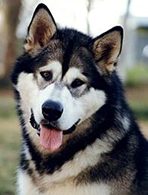
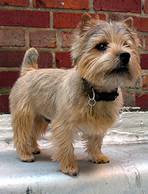 Norwich Terriers: A guide to dogs and puppies of the Norwich Terrier breed
Norwich Terriers: A guide to dogs and puppies of the Norwich Terrier breed
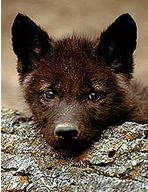 Schipperkes: A guide to dogs and puppies of the Schipperke breed
Schipperkes: A guide to dogs and puppies of the Schipperke breed
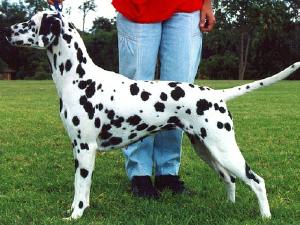 Dalmatian
Dalmatian
 Is a Labrador Retriever Right for You? Survey Results from Lab Owners
Is a Labrador Retriever Right for You? Survey Results from Lab Owners
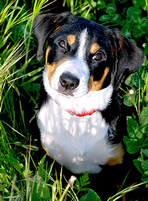 Entlebucher Mountain Dogs: A guide to dogs and puppies of the Entlebucher Mountain Dog breed
Entlebucher Mountain Dogs: A guide to dogs and puppies of the Entlebucher Mountain Dog breed
 Beagle
Beagle
Copyright © 2005-2016 Pet Information All Rights Reserved
Contact us: www162date@outlook.com